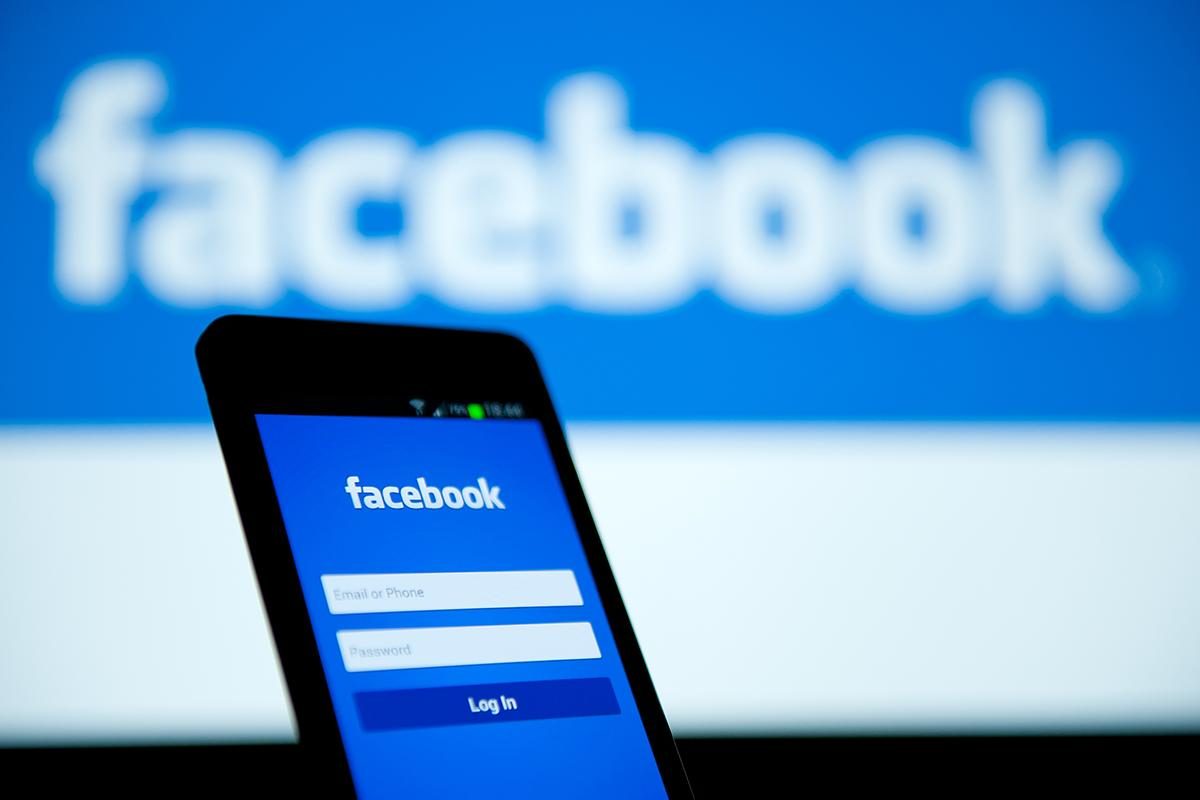Within the last decade, the rise of social media platforms and social network effects has altered how Type I Diabetics on insulin pump therapy deal with medical complications or questions. In the past, an insulin pump user’s only recourse would be to contact their endocrinologist or insulin pump provider with any medical issues they may be experiencing, and the insulin pump provider, who is more immediately available to patients, did not always necessarily have medical personnel on call and were thus not always legally equipped to provide anything more than generic pump therapy management advice. For many Juvenile Diabetics like myself, it always used to seem like a waiting game to receive potentially life-saving professional medical advice.
Now, however, social media platforms can be leveraged to improve diabetes management care in insulin pump-owning Type I Diabetics. Now more than ever before, patients like myself are utilising social networks and social media platforms to “seek, meet, and interact with a community of patients with similar problems; to share clinical information; and to provide and receive support” (Petrovski, Zivkovic, & Stratrova, 2015). Facebook and CareLink in particular have both been leaders in this movement by creating and providing some of the earliest social groups ever (since 2008) to bridge together patients, families of patients, friends of patients, and professional medical providers. Beyond supplying helpful, immediate information, these thriving social groups also supply invaluable therapeutic benefits for diabetics experiencing stress or diabetes burnout; indeed, these social media platforms can also be seen as a tool for empowerment for diabetics (Shaffer-Hudkins, Johnson, Melton, & Wingert, 2014).
Recent research has analyzed the efficacy of social media networks as a diabetes care control solution in lieu of regularly scheduled medical appointments. With many diabetics regularly engaging in social media groups, indeed for some multiple times a day, researchers felt it was important to test the whether these strongly used social media tools does translate into improved diabetes control in patients with Type I diabetes using insulin pumps (Shaffer-Hudkins, Johnson, Melton, & Wingert, 2014; Petrovski, Zivkovic, & Stratrova, 2015). It was found that the “Internet group”, who received medical and social treatment from only digital software and Facebook, were just as capable of lowering their A1C glucose levels as their peers who continued to regularly physically visit their medical care providers.
The implications of this finding could be huge, especially in countries with more costly medical health care systems, such as the United States. Many diabetics cannot afford to regularly visit medical care providers due to the associated costs, and these robust social media platforms and apps could be seen as a viable alternative to more lower-SES diabetic patients who are not capable of regularly visiting their endocrinologist. If anything, it is a good supplemental tool to use IN ADDITION to regularly scheduled medical appointments.
Sources
Petrovski, G., Zivkovic, M., & Stratrova, S.S. (2015). Social media and diabetes: Can facebook and Skype improve glucose control in patients with type 1 diabetes on pump therapy? One-year experience.
Shaffer-Hudkins, E., Johnson, N., Melton, S., & Wingert, A. (2014). Social media use among individuals with diabetes. The International Journal of Communication and Health, 4(1):38-43.

